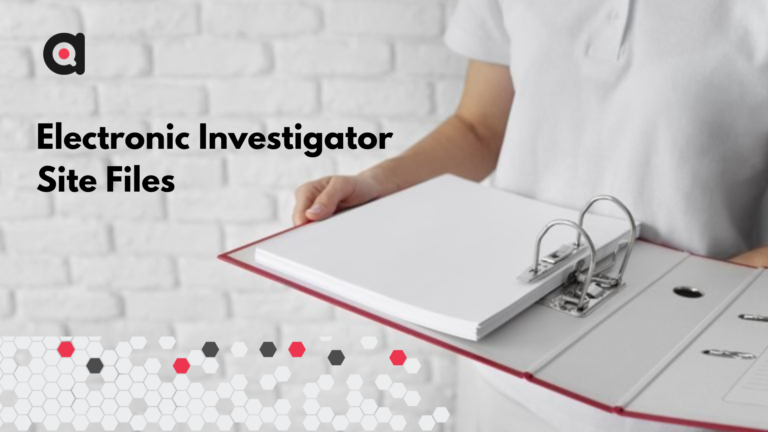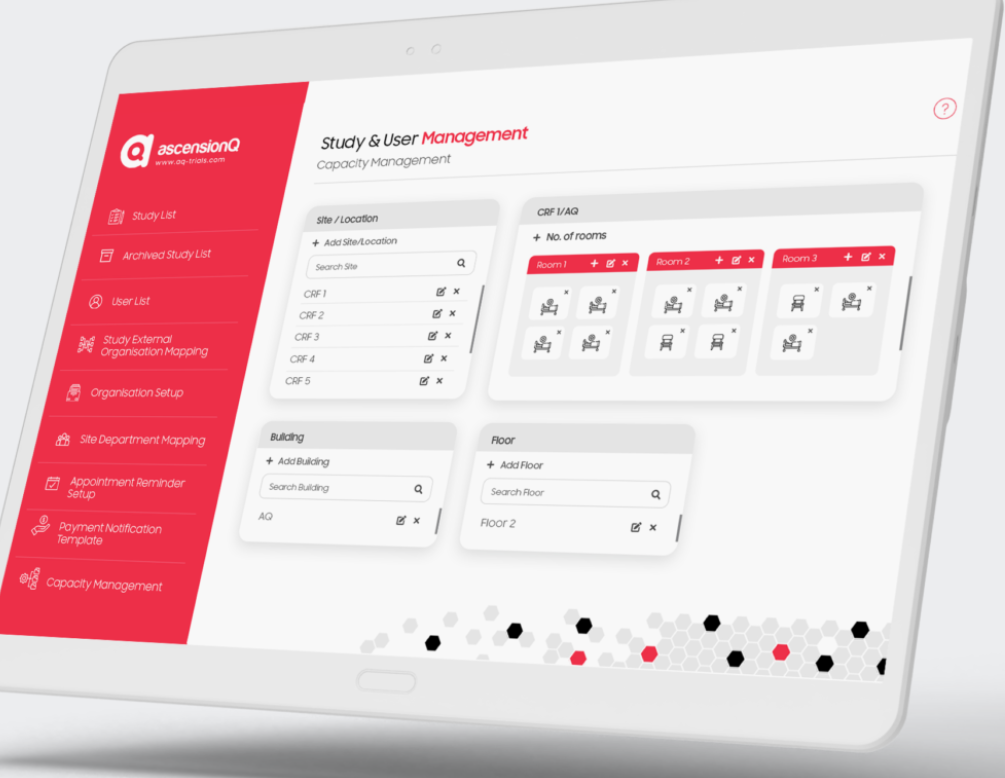Industry Discussions
Electronic Investigator Site Files in Clinical Research
Table of Contents
ToggleAQ

The electronic systems have brought significant advancements to various aspects of the clinical research process, right? One such innovation is the Electronic Investigator Site File. For sure, eISF revolutionises the way essential trial documentation is managed and accessed.
Let’s explore the impact of Electronic Investigator Site Files on clinical trials — including its advantages over manual filing systems and the challenges that come with its implementation.
The Impact of Electronic Investigator Site Files
The investigator site file contains critical documents related to the conduct of a clinical trial at a specific site. Traditionally, these files were maintained manually, leading to challenges such as limited accessibility, difficulty in tracking changes, and time-consuming retrieval of information.
The introduction of Electronic Investigator Site Files has significantly transformed the way all the data is managed, offering several benefits to clinical trials:
Enhanced Efficiency and Accessibility
It can be challenging to ensure that all copies of a document are up to date, but only when there’s a manual filing system. The Electronic Investigator Site Files platform provides real-time updates, ensuring that all stakeholders have access to the error-free latest versions of documents. For sure, its version control features prevent confusion caused by outdated information, thereby enhancing the accuracy and reliability of trial documentation.
Real-Time Updates and Version Control
It can be challenging to ensure that all copies of a document are up to date, but only when there’s a manual filing system. The Electronic Investigator Site Files platform provides real-time updates, ensuring that all stakeholders have access to the error-free latest versions of documents. For sure, its version control features prevent confusion caused by outdated information, thereby enhancing the accuracy and reliability of trial documentation.
Audit Trails and Remote Monitoring
eISFs maintain detailed audit trails, recording who accessed and modified documents and when these actions occurred. This is invaluable for regulatory inspections and ensuring data integrity.
Moreover, it allows sponsors and monitors to remotely review and verify documents, reducing the need for on-site visits. This can save time and resources, especially in global trials.
Regulatory Compliance and Inspections
Maintaining regulatory compliance is a critical aspect of clinical trials, right? Therefore, eISF provides an organised and auditable system, making it easier to demonstrate compliance with regulations and guidelines. Also, during regulatory inspections, Electronic Investigator Site Files facilitates efficient document review and minimises the risk of missing or misplaced files. This results in smoother inspections and faster resolution of any identified issues.
Advantages of eISF over Manual Filing Systems
eISF offers a modern and efficient alternative to traditional manual filing systems, enhancing data accuracy, accessibility, and the overall management of clinical trial documentation — as discussed below:
1. Cost Savings and Sustainability
Implementing eISF eliminates the need for physical storage space, reduces paper usage, and lowers printing costs. This not only contributes to cost savings but also aligns with sustainability goals by reducing environmental impact.
2. Improved Data Integrity and Security
eISF systems often come equipped with robust security measures, including user authentication, encryption, and audit trails. These features enhance data integrity and confidentiality, reducing the risk of unauthorised access or loss of sensitive information.
3. Efficient Collaboration and Communication
Electronic Investigator Site Files facilitates seamless collaboration and communication between investigators, sponsors, monitors, and regulatory authorities. It allows for the simultaneous review and sharing of documents, reducing delays and improving overall trial efficiency.
Integrating eISF with Other Clinical Trial Software
Electronic ISFs can be integrated with other clinical trial management systems, such as electronic data capture (EDC) and clinical trial management software (CTMS). This integration makes real-time collaboration possible, enabling remote monitoring, quick communication, and data security. The overall efficiency is improved through centralised information access and automated workflows.
Electronic Data Capture (EDC)
An eISF can seamlessly integrate with EDC systems, allowing clinical trial data to be directly populated from source documents to the EDC system. For instance, when a site investigator updates a subject’s medical history in the eISF, this data is automatically reflected in the EDC, reducing manual data entry errors and ensuring data consistency.
Clinical Trial Management Software (CTMS)
Integration of eISF with CTMS, such as AQ Trials, streamlines study management. For example, if a new study site is activated in the CTMS, the eISF can be automatically updated to include the necessary documentation for that site, ensuring all sites have the required study materials and documentation.
Challenges in Implementing Electronic Investigator Site Files
It is important to know that despite the numerous advantages, the implementation of eISF may present certain challenges:
1. Initial Set-Up and Training
Transitioning from manual filing to an electronic system requires careful planning, system selection, and thorough training for all involved stakeholders. Adequate support and resources must be provided to ensure a smooth transition and acceptance of the new system.
2. Data Standardization and Integration
Ensuring uniformity and standardisation of data across multiple sites and systems can be challenging. Integrating eISF with other electronic systems, such as electronic data capture (EDC) or clinical trial management systems (CTMS), requires careful consideration of data formats and seamless data exchange.
3. Data Security and Privacy Concerns
As with any electronic system, data security and privacy are crucial considerations. Protecting sensitive trial information from unauthorised access, cyber threats, and data breaches requires robust security measures and compliance with relevant regulations, such as the General Data Protection Regulation (GDPR).
Wrapping Up
Leveraging eISFs is not just a choice — it’s a necessity for streamlining clinical trials research. Anyhow, to eISFs effectively, it’s crucial to gain thorough training, maintain regular backups, implement version control, adhere to robust security protocols, monitor audit trails, and stay compliant with evolving regulations.
Related Articles

Industry Discussions
The Ultimate Guide to Understanding What is a CTMS
Clinical Trial Management System (CTMS) has indeed emerged as a vital instrument in the intricate domain of clinical research. From orchestrating to monitoring and administrating the diverse facets and data integral to clinical trials—there’s a lot more that researchers can leverage it for …
AQ

Industry News
Navigating Study Setup Challenges
Setting up a clinical trial involves a myriad of tasks, processes, and collaborations, making it a complex undertaking. Efficient study setup is crucial for ensuring smooth trial initiation and successful execution. However, traditional manual approaches to study setup can be time-consuming, error-prone, and resource-intensive …
AQ
